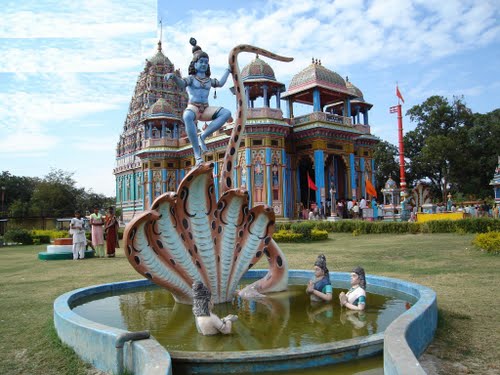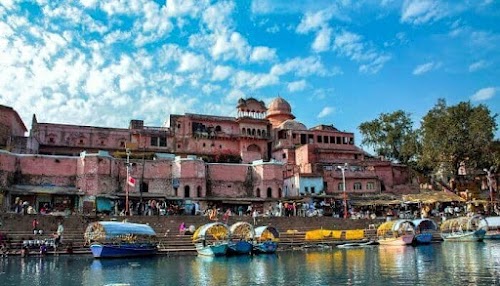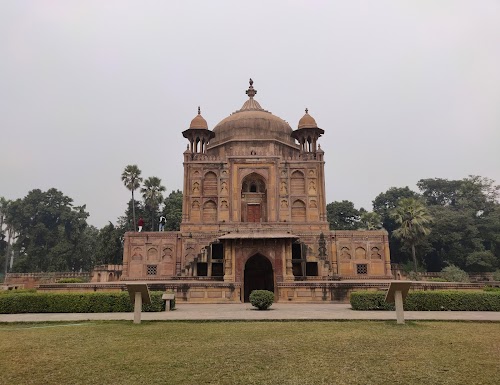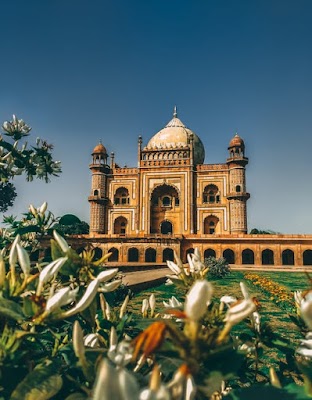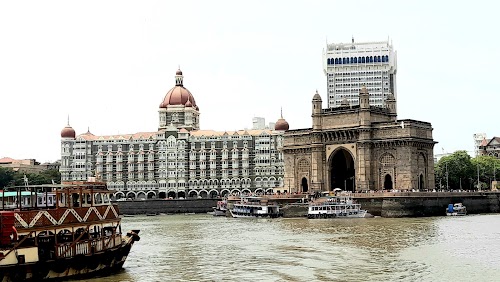Satna, India
Satna, nestled in the heart of Madhya Pradesh, is a city brimming with historical significance and spiritual allure. It serves as a gateway to the renowned religious site of Chitrakoot, attracting pilgrims and history enthusiasts alike. The city itself offers a blend of urban life and cultural heritage, with bustling markets, ancient temples, and remnants of its rich past. Satna provides a unique glimpse into the traditions and lifestyle of the Bundelkhand region. Explore the local crafts, savor the regional cuisine, and immerse yourself in the vibrant atmosphere. While not a major metropolitan hub, Satna's charm lies in its authenticity and connection to India's spiritual and historical roots. It's a destination for those seeking a deeper understanding of Indian culture beyond the typical tourist trails.
Known for:
History:
Satna's history dates back to ancient times, with evidence of settlements from the Mauryan and Gupta periods. The region was later ruled by various dynasties, including the Kalachuris and the Rajputs. The city's strategic location made it a significant center of trade and commerce. During the British colonial era, Satna became part of the princely state of Rewa. After India's independence, it was integrated into the state of Madhya Pradesh. The city's historical landmarks, such as the ancient temples and forts, bear witness to its diverse past. Satna's proximity to Chitrakoot, a place of great religious importance in Hindu mythology, has further shaped its historical narrative.
How to reach:
Satna is well-connected by rail and road. The nearest airport is Khajuraho Airport (HJR), about 115 km away, from where you can hire a taxi or take a bus. Satna Junction is a major railway station on the Mumbai-Howrah line. National highways connect Satna to major cities in Madhya Pradesh and neighboring states.
Places in Satna, India
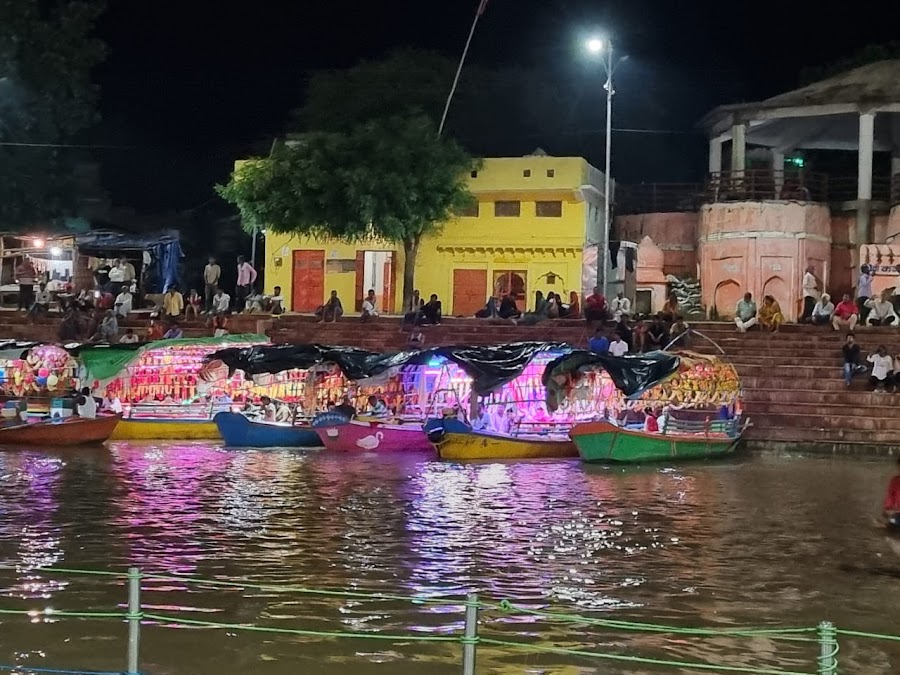
Chitrakoot
Satna, India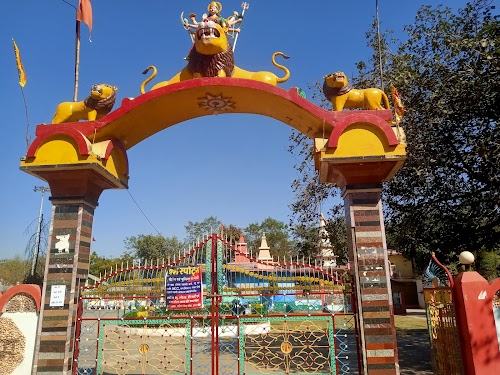
Gufa Mandir
Satna, India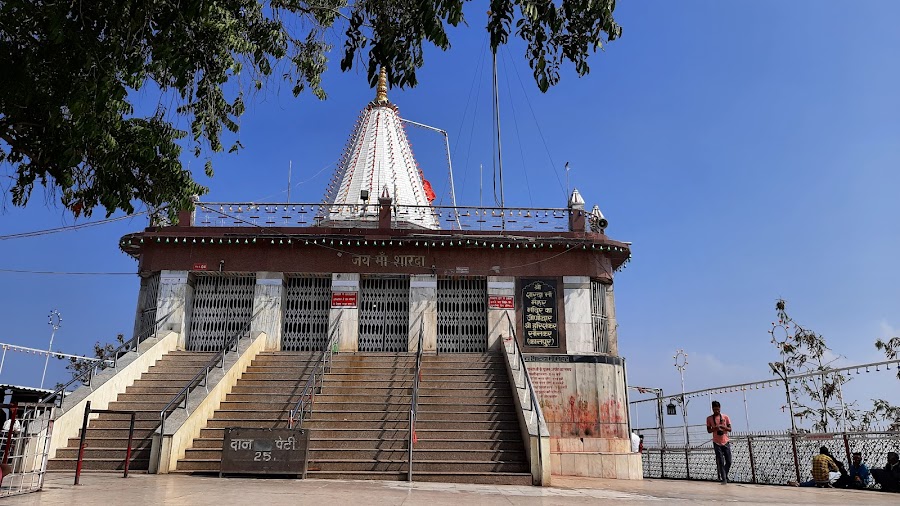
Maihar
Satna, India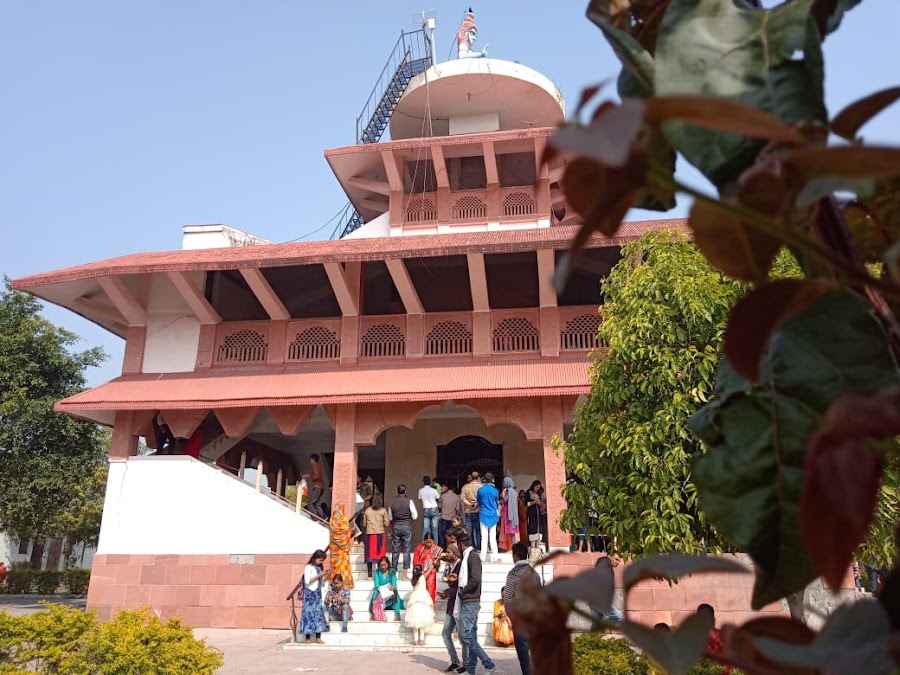
Pashupatinath Temple
Satna, India
Lord Shiva Temple
Satna, India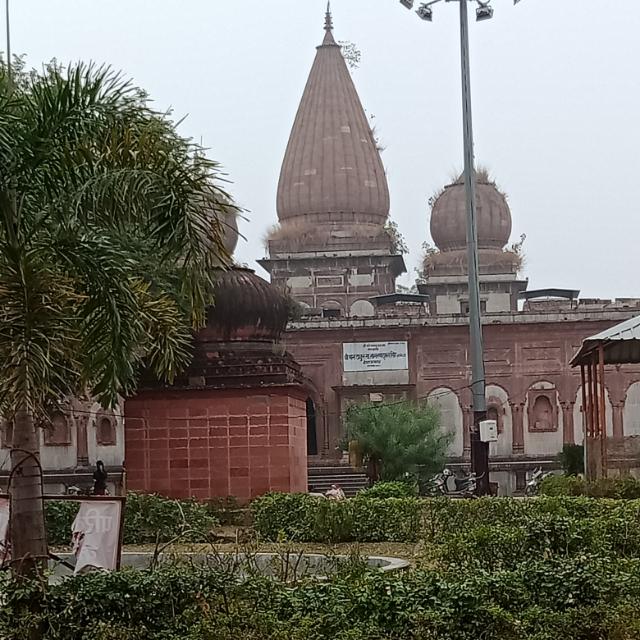
Venkat Raman Temple
Satna, India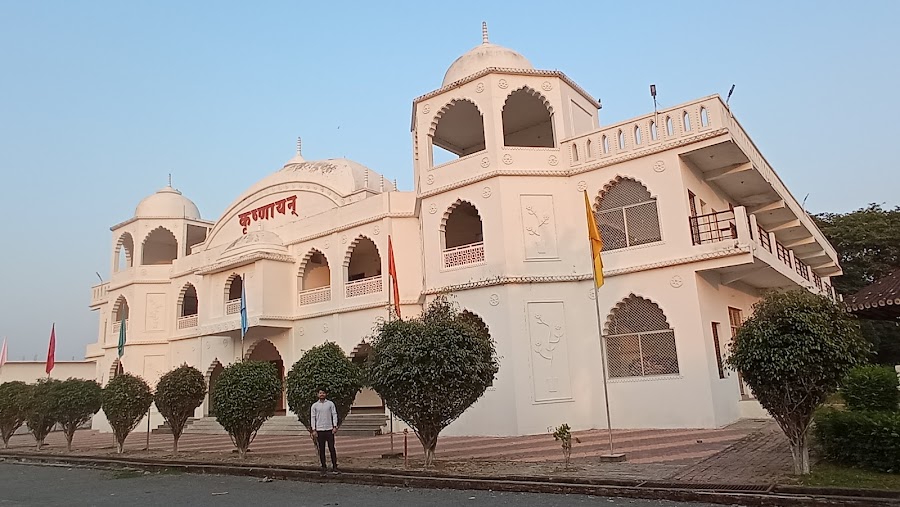
Ramvan
Satna, India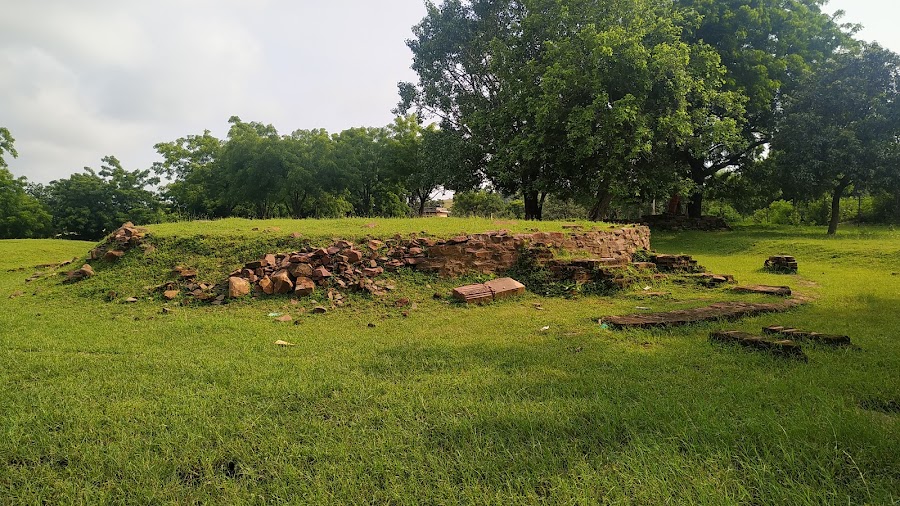
Bharhut Stupa
Satna, India
